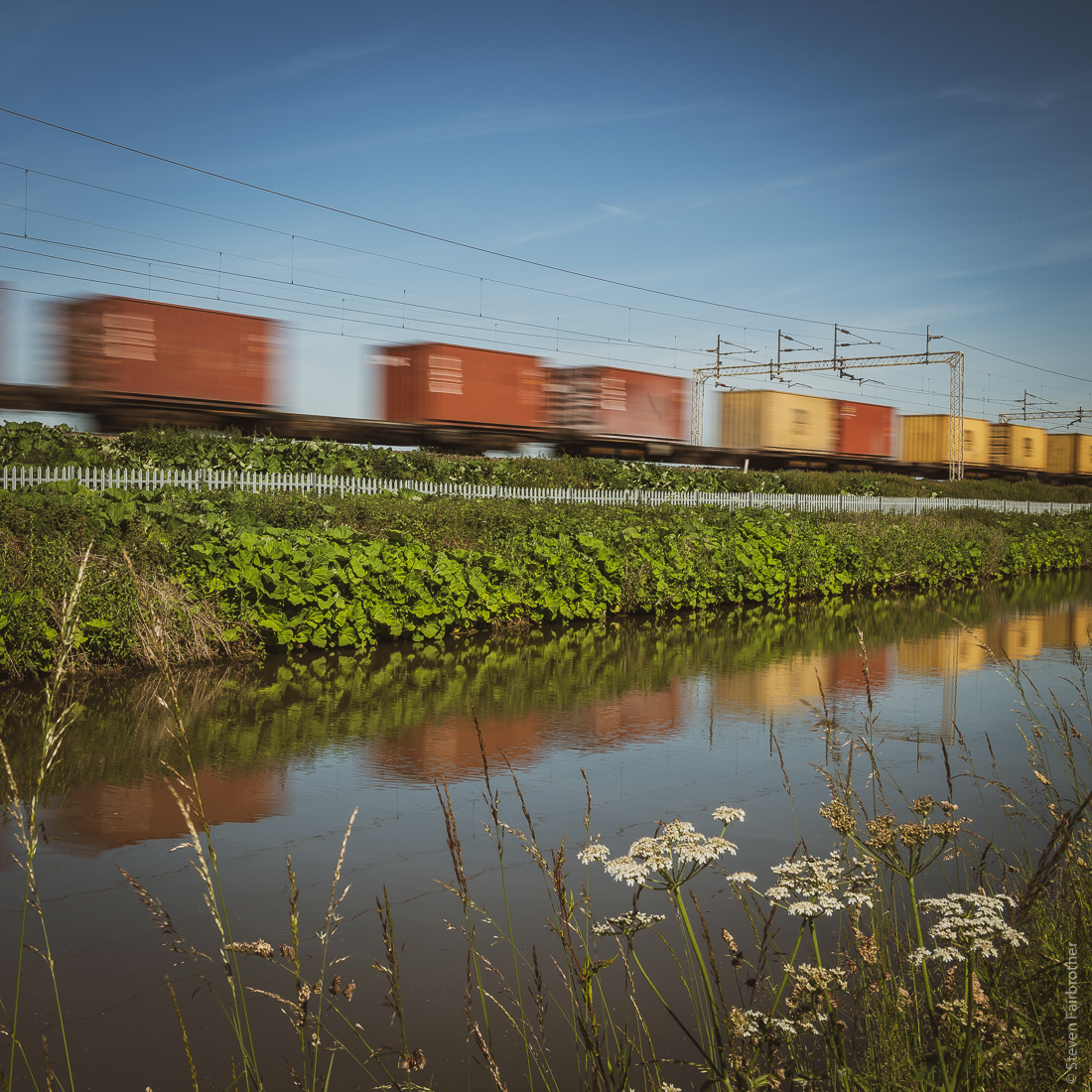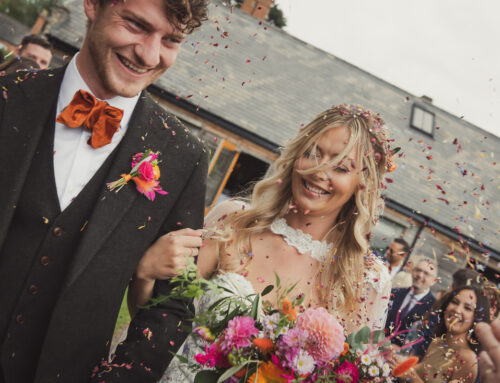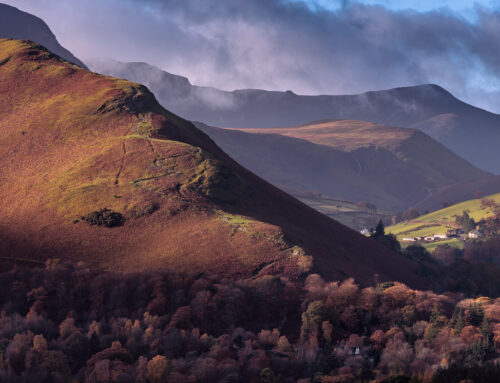You don’t need expensive camera gear to take up train photography; you need thick skin. No sooner had I mentioned it to friends than the ribbing began! All in good humour of course but it does highlight an interesting point about what photography people find interesting and where it sits on the cool scale.
Trains sit right at the bottom of the cool photography scale for most, but I don’t see the difference between train photography and say motorsport photography. They’re both lumps of metal flying past you at speed. I went to watch F1 once, the most boring (and expensive) day out I’ve ever had.


Fortunately for me, one of my friends, famed for his rhino-like skin, has been a train enthusiast all his life. What Gav doesn’t know about trains isn’t worth knowing (that’s diesel not steam) and he’s just the man to put me in front of the action and help me bag some shots. Having someone shout out what’s coming and from what direction is a real help.
Now I don’t know enough to say what’s an unusual train, I’m more interested in whether I simply like the look of it or not. I’m a bit like that with birds, it might be rare, but if it isn’t good looking then I’m not that bothered, from a photographic perspective that is. With locos I like the hard functional lines of old diesels and if they’ve got a nose all the better. But having said that, going through my images the sleek lines of the Pendolino have really grown on me.


Shot criteria
Gav and mines shot criteria was a little different. I wanted to experiment with panning shots and unusual crops. Gav, who gives talks, probably wouldn’t go down as well with his audience if he only showed a small blurry part of the consist. He has a lot of boxes to tick if his shot is going to pass muster with other enthusiasts. That’s not to say he didn’t join in with some panning shots too. I also tried the more conventional approach but it’s hard when you’re not quite sure what you’re looking at.
Train photography location
The location at Ansty, Warwickshire, was ideal. Sitting by a canal on a sunny day is good even without the photography. The elevated track helps reflect the trains in the Oxford canal below. It’s a nice uncluttered scene, with plenty of bird life to identify in-between the trains.


Panning shots
The frequent Pendolinos would fly by at 125mph and the freight trains more like 60mph (I think). Both were fast enough to try for some motion blur. I started out using the tripod to pan, but found I had as much look handheld. The slower the shutter speed the more blur you get. It also means there’s more chance of the train you are tracking will be blurred too. There’s no rules, but ideally you want some key part of the train to be sharp. 1/60 to 1/160 of a second seemed to do the trick. But it’s quite hit and miss.


My standout shot (below)
My best shot was taken early on. I’ll admit I was a bit lucky with where I was stood, but the train at 125mph contrasted with the canal boat at 4mph makes an interesting image. I like how the motion is captured in the slowest part of the image, the boat, and the high-speed train is frozen and sharp. Whilst there was plenty of narrowboats passing by, I didn’t manage anything close again. It’s not a shot that could easily be recreated unless you paid someone with a boat to hang around for a bit.

Train photography video
Flicking through all the shots in Adobe Lightroom created an interesting animated effect. So after processing them all I exported the jpegs and combined them in Adobe Premiere Pro. I chose the music from Filmstro Pro and timed the animation to fit the rhythm. It’s good because I could use all the duff blurry shots that go by so quickly you can’t spot them!
Conclusion
To only photograph what I thought the majority of people might appreciate would be soul-destroying and detrimental to progressing as a photographer. So if it’s trains that float your boat, or even boats that tickle your pickle, then get out there and get shooting, you’ll have bullet-proof skin before you know it and your photography will be better for it.







